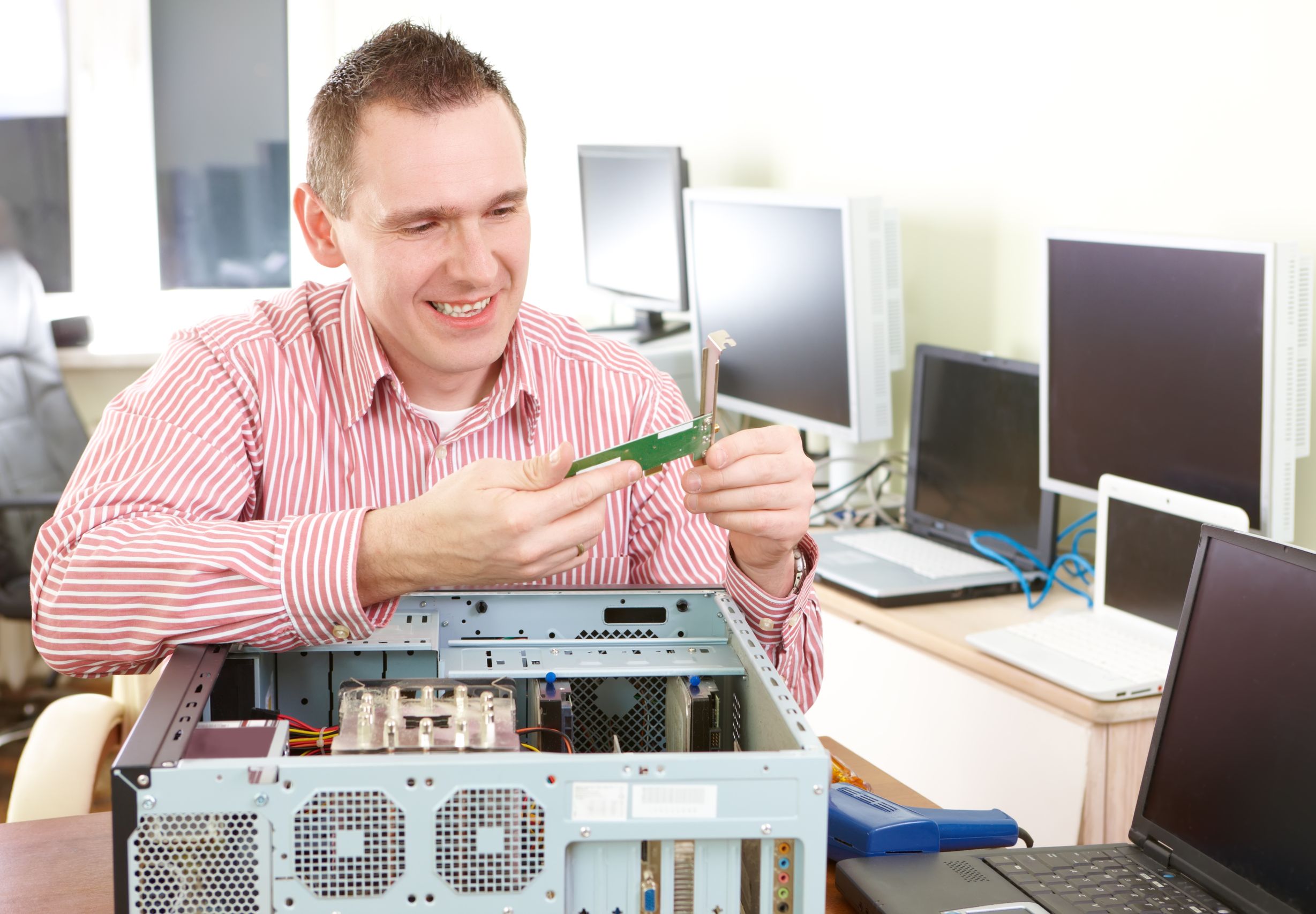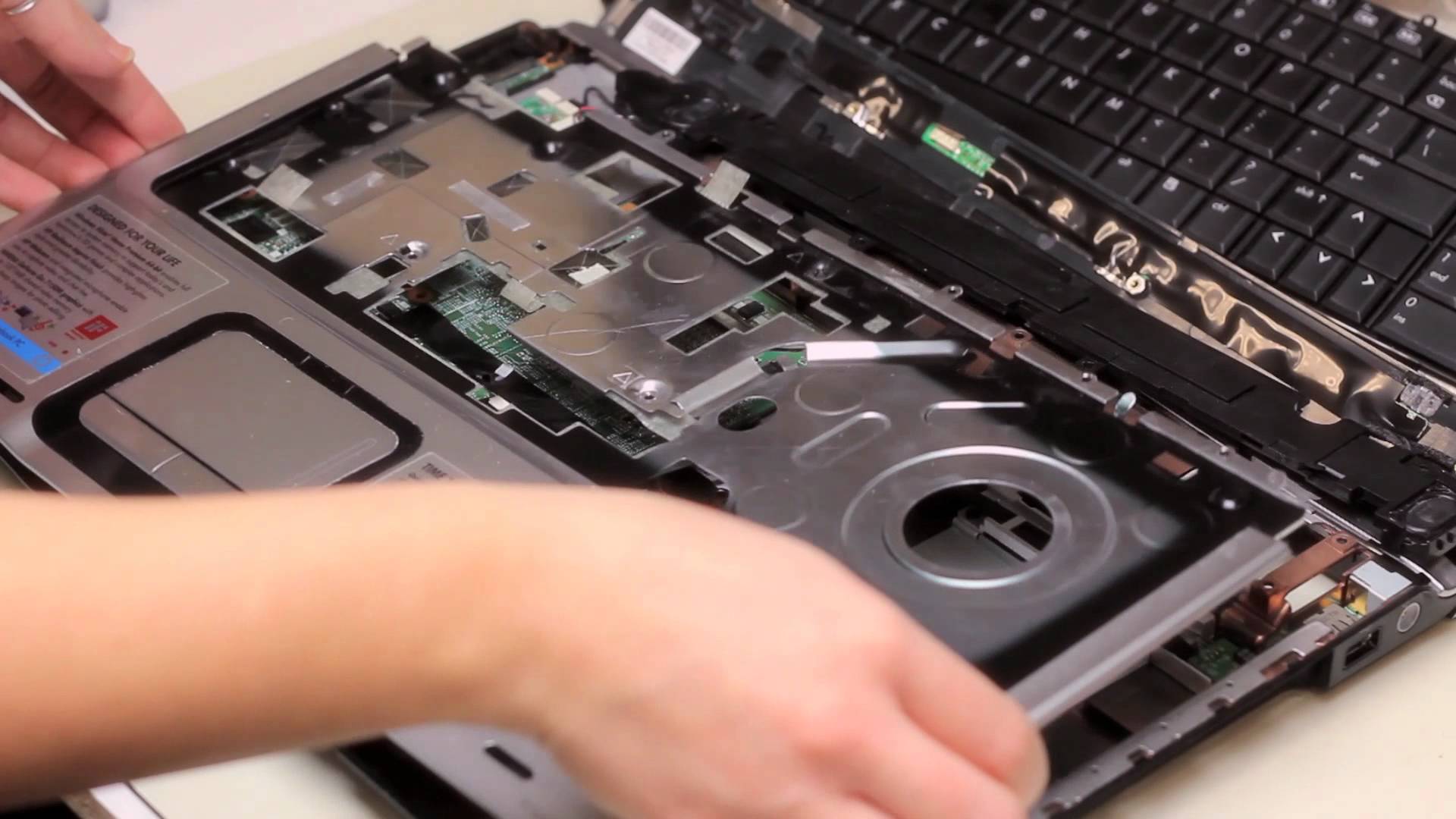Technology is scary. We rely on it so much without realizing that our hard drives can be wiped out in a matter of seconds. Your hard drive is the part of your electronic device that holds everything – all your files, pictures, data, etc. If your hard drive crashes, you lose everything. There is no way to recover it.
It’s helpful to be aware of signs of trouble. Prevention is the best protection so by knowing what to look for, you may be able to save your device from complete destruction. There are four things to monitor to make sure your computer is running smoothly – blue screens, SMART status, RAM speed and/or failure, and heat levels. If you start to see any of these warning signs, get your computer to a PC repair service as soon as possible.
BLUE SCREEN
In the world of technology, blue means danger. If you see anything like this, you’re in trouble:
If your device displays a blue screen, it’s a huge warning that something is wrong but don’t worry, not all is lost. Blue screens usually appear when part of the hardware is failing so you still have time for maintenance. If you can’t get to a PC repair service right away or want to learn more about what is going on with your device, you can Google the error message that is showing up on the blue screen. This will give you a better idea of what is wrong with your hardware.

RAM FAILURE
RAM failure happens when your computer writes data but the RAM returns different data. When this happens you will see blue screens, application failures and file system corruption. In order to avoid this you can test your RAM memory. Windows has a tool that will send data to every part of your RAM and the RAM will read it back. If it reads it back properly then everything is working correctly. This is done through Window’s Memory Diagnostic tool.
HEAT LEVELS
Overheating can cause your computer to randomly shut down, crash or display blue screens. Because of this, it’s important to make sure your computer is kept clean and well ventilated. Common causing of overheating include, dust, a hot location, a fan inside the computer stopped working and poor ventilation. Another cause of overheating can be a demanding task such as playing a game that stresses your computer. Pay attention to your atmosphere and what you were doing if your computer starts to overheat to avoid future problems.
You can access information about your computer’s internal temperature. First, research what the recommended temperature should be. Then you can use tools such as SpeedFan or Speccy to monitor your computer’s temperature.

SMART STATUS
This isn’t as obvious as a blue screen popping up in the middle of your workday. Every hard drive has a built in SMART feature. This stands for Self-Monitoring, Analysis and Reporting Technology. If you feel something is wrong with your PC but no warning signs are appearing, you can check the hard drive’s SMART status. However, there isn’t an easy-to-use tool set up on your device for you to simply check the SMART status. You have to use third party analysis tools such as CrystalDiskInfo. Additionally, while it’s good to check up on the SMART status, this technology isn’t perfect and cannot detect all hard drive issues so bring your device to a PC repair service to be sure.
Computers are very smart so they have the capability to warn you before something bad happens. Make sure to pay attention to the warning signs and seek help from a PC repair service right away if you think something is wrong. BayCCS is here to help individuals and businesses with all PC repair services throughout the Toms River area. Give us a call today to see how we can help you.